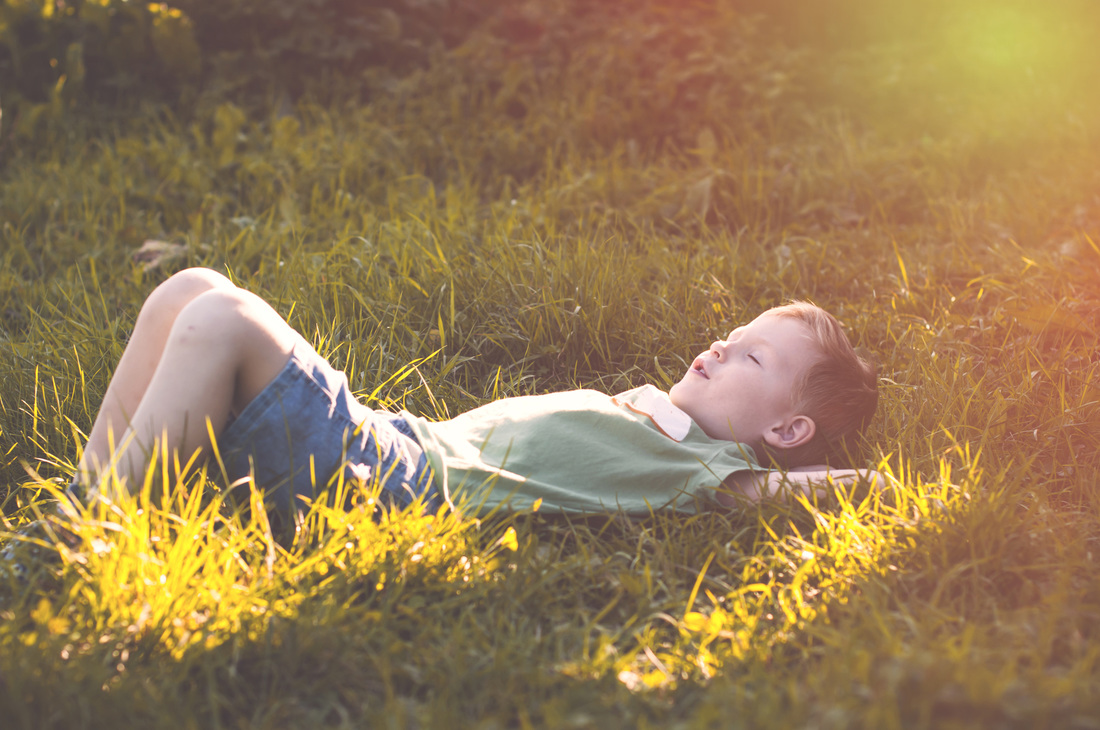|
This article was originally published by Seattle Yoga News. The hustle and bustle of back-to-school has parents and children alike needing to pause and take a few deep breaths. Mindfulness, an awareness of the present moment with a kind and curious attitude, is a practice that benefits everyone in the family. A growing body of research is increasingly showing that mindfulness has a number of benefits for children such as increased self-regulation of emotions, behavior, and cognitive processes, as well as improved attention and executive function [1]. Emerging research has also explored how parent-child mindfulness programs enhance parent-youth relationships and improve children’s behaviors [2]. It’s easier than one thinks to share mindfulness as a family. Keeping it simple and fun are the two key aspects of a successful mindfulness activity with children. Here are three examples of ways to bring mindfulness into your and your child’s day. 1. Start with breath and body focused practices One of the simplest and most powerful practices in mindfulness is bringing attention to the breath. It is a tangible method that has demonstrated physiological changes such as activating the parasympathetic nervous system (i.e., the relaxation response). Yoga postures also help children learn to focus on the breath since they can link movement with breath (e.g., inhale and reach your arms up to the stars!). Cuing children to observe how they feel before, during, and after a pose is also an effective way to build self-awareness.
2. Engage the senses in everyday activities Children are naturally inclined to be in the moment and notice the world around them. An excellent way to encourage this awareness is through short mindful moments. Example: A mindful walk During a walk to school or the park, designate two minutes for each of the senses and observe the world around you through that lens. Share what each of you experienced in between each sensory observation.
3. Weave mindful reflections into daily routines Several of the foundational qualities to mindfulness can promote children’s social-emotional development (e.g., non-judgment, patience, curiosity, and compassion). Encouraging children to reflect on how they demonstrate these qualities towards themselves and others is an excellent way to support them in developing healthy emotional coping skills. Pick a time of day when you and your child can regularly take a few minutes to connect. This might be after school, at dinner, or before bed. Pick one or more mindfulness qualities to ask him about. Example: Mindful check-in
Interested in learning more? The Center for Child and Family Well-Being at the University of Washington hosts monthly Family Mindfulness Events. Children and their parents will explore mindfulness concepts through art and games, as well as learn simple practices they can take home. Check out details on the CCFW website or email Robyn Long, CCFW Director of Community Outreach and Dissemination, at [email protected]. References
1 Perry-Parrish C, Copeland-Linder N, Webb L, Sibinga EMS. Mindfulness-based approaches for children and youth. Current Problems in Pediatric and Adolescent Health Care 2015; 46(6): 172 – 178. 2 Coatsworth JD, Duncan LG, Nix RL, et al. Integrating mindfulness with parent training: effects of the mindfulness enhanced strengthening families program. Developmental Psychology 2015; 51(1): 26-35.
0 Comments
Your comment will be posted after it is approved.
Leave a Reply. |
It is a tremendous honor that my article on sharing yoga with Syrians won "Yoga Article of the Year" in Seattle Yoga News. Endless gratitude to everyone who was part of and supported this inspiring project.
Archives
July 2017
Categories
All
|



 RSS Feed
RSS Feed